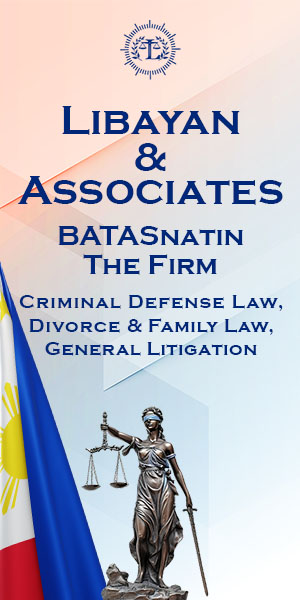Article 14, Paragraph 15- Aggravating Circumstances
That (1) advantage be taken of superior strength, or (2) means be employed to weaken the defense
“Advantage be taken”:
- To take advantage of superior strength means to use purposely excessive force out of proportion to the means of defense available to the person attacked
- When no advantage is taken
o Attacking with passion and obfuscation
o A quarrel arose unexpectedly and the fatal blow was struck at a time when the aggressor and his victim were engaged man to man
- Illustrations of abuse of superior strength
o A strong man ill-treated a child, an old or decrepit person, or one weakened by disease, or where one’s physical strength was weakened by drugs or intoxicants
o The aggressors were fully armed police officers and the deceased was defenseless and in the influence of liquor. (People v Navarra)
o The victim was an innocent and tender baby and the wounded were children aged at five and twelve. (People v Gatcho)
- Note: when the attack was made on the victim alternately, there is no abuse of superior strength
- There must be evidence that the accused was/were physically stronger than the victim/s and such advantage was abused with superiority
- This aggravating circumstance depends on the age, size and strength of the parties
- Simultaneous attack by two persons with revolvers against a defenseless person is aggravated by superior strength (US v Banagale)
Man attacks a woman with a weapon
- The accused attack a woman under five feet with a knife. The deceased was unable to defend herself. (People v Brana)
- Three men stabbed the victim to death in her house while her husband was out fishing. There was an abuse of superior strength. (People v Patinga)
- Abuse of superior strength is inherent in crime of parricide where the husband kills the wide (it is generally accepted that the husband is physically stronger than the wife)
Abuse of superior strength by numerical superiority
- The deceased, alone and unarmed, was attacked by the four assailants whom were all armed with bladed instruments. Abuse of superior strength was properly considered (People v Casillar)
- In People v Garcia, our jurisprudence is exemplified by the holding that where four persons attacked an unarmed victim but absent is proof of how the attack was commenced and treachery was not proven, the fact that there were four assailants would constitute abuse of superior strength
- However, if one acted as principal, and two other as accomplices, abuse of superior strength cannot be taken into consideration (People v Cortez)
Weapon used is out of proportion to the defense available to the offended party
- Abuse of superior strength is also present when the offender uses a powerful weapon which is out of proportion to the defense available to the offended party
When treachery is involved
- Superior strength is absorbed and inherent in treachery



 Spotify
Spotify  iTunes
iTunes  AppleMusic
AppleMusic  YouTube
YouTube 


